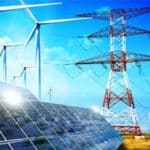
The ability of a renewable energy system to withstand high voltage disturbances and transients, a concept known as High Voltage Ride Through (HVRT), has emerged as a critical factor in ensuring the reliability and efficiency of solar power maintaining the stability of the power grid
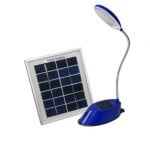
Pico solar systems use small scale photovoltaic panels for lighting and battery charging applications. There are still many people around the world who have no access to an electricity grid connection or require a portable energy source for camping or RV’s so pico solar systems can help in provide the essential energy required to fill this gap. Pico solar systems of only a few watts have experienced significant development in the past few years, combining very efficient LED bulbs with sophisticated charge controllers and energy efficient storage batteries providing power for lighting, phone charging or powering a radio, etc.
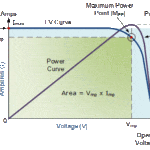
The electrical specifications and information provided on the label or nameplate of any photovoltaic panel relates to its performance under standard test conditions (STC). But the temperature coefficient of a solar panel determines its voltage characteristics as it is directly affected by its operating temperature, because as the panels temperature increases or decreases, so to does its terminal voltage for a given load condition
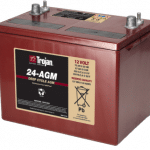
Deep cycle batteries are used to store the electrical energy generated by solar photovoltaic panels, wind energy generators and other renewable energy generating systems. As well as solar power systems, flooded cell deep cycle batteries are used in recreation vehicles for powering camper vans, RV’s or boats, to powering vehicles, carts and fork trucks. As their name suggests, deep cycle batteries are designed to deliver an amount of charge expressed in Ampere-hours (Ah) for long periods of time to a specified depth of discharge.
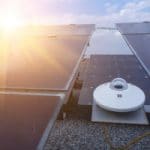
Solar Irradiance describes the total amount of sunlight per square meter that is available at any particular location on the Earth’s surface and is a major part in estimating the solar irradiation at a particular point required to design a sustainable energy system using photovoltaic solar panels. The performance of a solar photovoltaic panel depends on many factors, but the amount of solar irradiance in peak sun-hours during the day that the solar panels receive during the day is of major importance

Bypass diodes are a must for any photovoltaic solar panel as they protect the panel from overheating when shaded by trees, leaves or debris. When one solar cell of a panel becomes shaded while the other solar cells around it are illuminated by sunlight, hot spots can be created leading to overheating and eventual destruction of the affected shaded cell. A bypass diode is commonly placed on sub-strings of the photovoltaic panel usually one diode per 15 to 20 photovoltaic cells to maintain the load current delivery of the panel
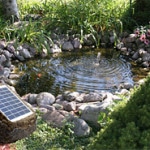
Solar gardens use the sun’s energy to power pumps, fountains and ornamental lights throughout the year. We all like to see our gardens full of plants and flowers during the day, but also illuminated at night aswell. A solar powered garden uses solar photovoltaic panels to turn the suns energy into electricity and then uses this energy to power elements of their garden, whether its lighting, fountains or the occasional garden gnome. Using the free solar energy in the garden a great way of going green thereby helping to save the planet, and is a safer, easier and cheaper way than installing mains powered electrical equipment around your garden
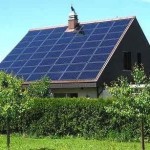
Solar panels produce electrical energy using photovoltaic cells.These photovoltaic or PV cells are made of semiconductor silicon based materials similar to those found in modern day computer chips. When the suns rays hit these silicon cells, it knocks electrons loose from their atoms to generate electricity as they flow through the cell. By improving the way in which the suns rays are absorbed by a PV cell using tracking, collectors or new materials solar panels are able to collect solar power more effectively improving a systems performance.

Solar radiation from the sun is the major component of a photovoltaic panel in the generation of electricity. The sun emits huge amounts of energy in the form of electromagnetic radiation which travels from the sun’s core to the Earth’s surface throughout the day. The amount of solar radiation which reaches the Earth’s surface varies daily due to atmospheric conditions of dust particles, water vapour and clouds. The performance of any PV system is mainly influenced by the amount of solar radiation that arrives at the surface of the PV’s panel
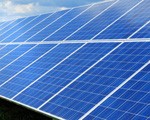
Sizing a solar system for your home or garden, whether off-grid with battery backup or grid-tied can be a daunting task. But reducing your electricity usage through conservation and efficiency measures as wellas a good home design plays an important role in keeping down the size and cost of any photovoltaic (PV) system you want to install. Using energy efficient appliances and lighting, as well as non-electric alternatives wherever possible, can make an off-grid solar photovoltaic powered system a cost competitive alternative to the utility power grid